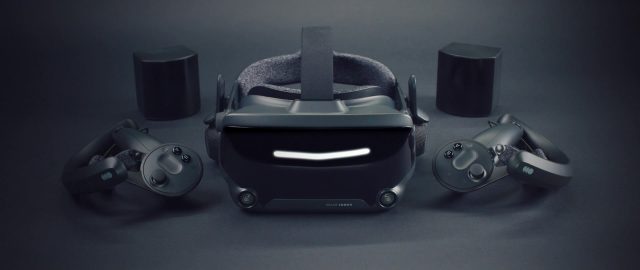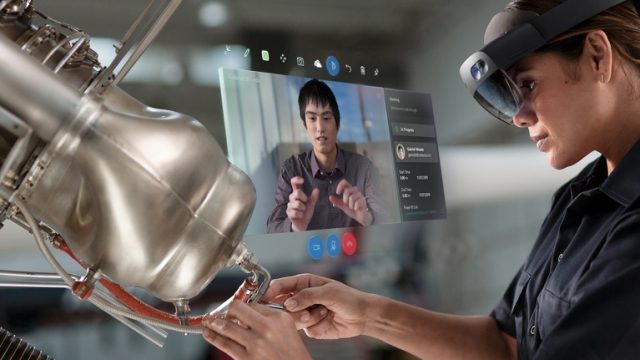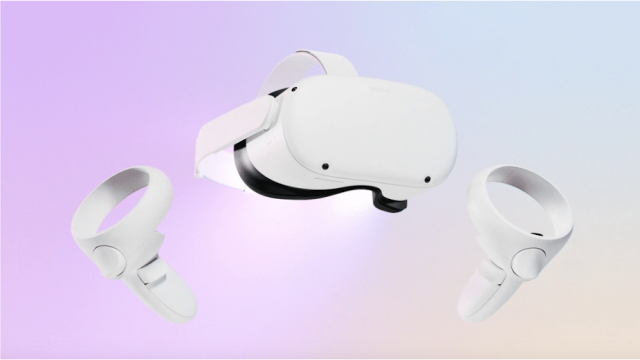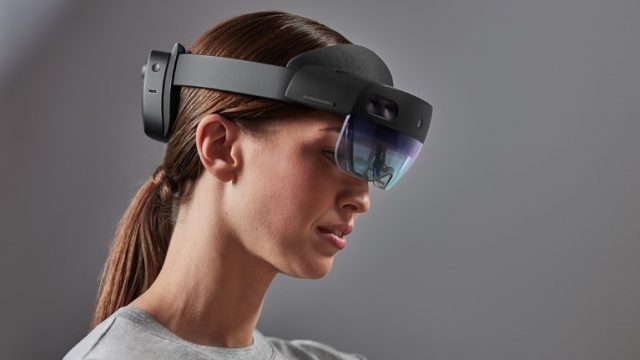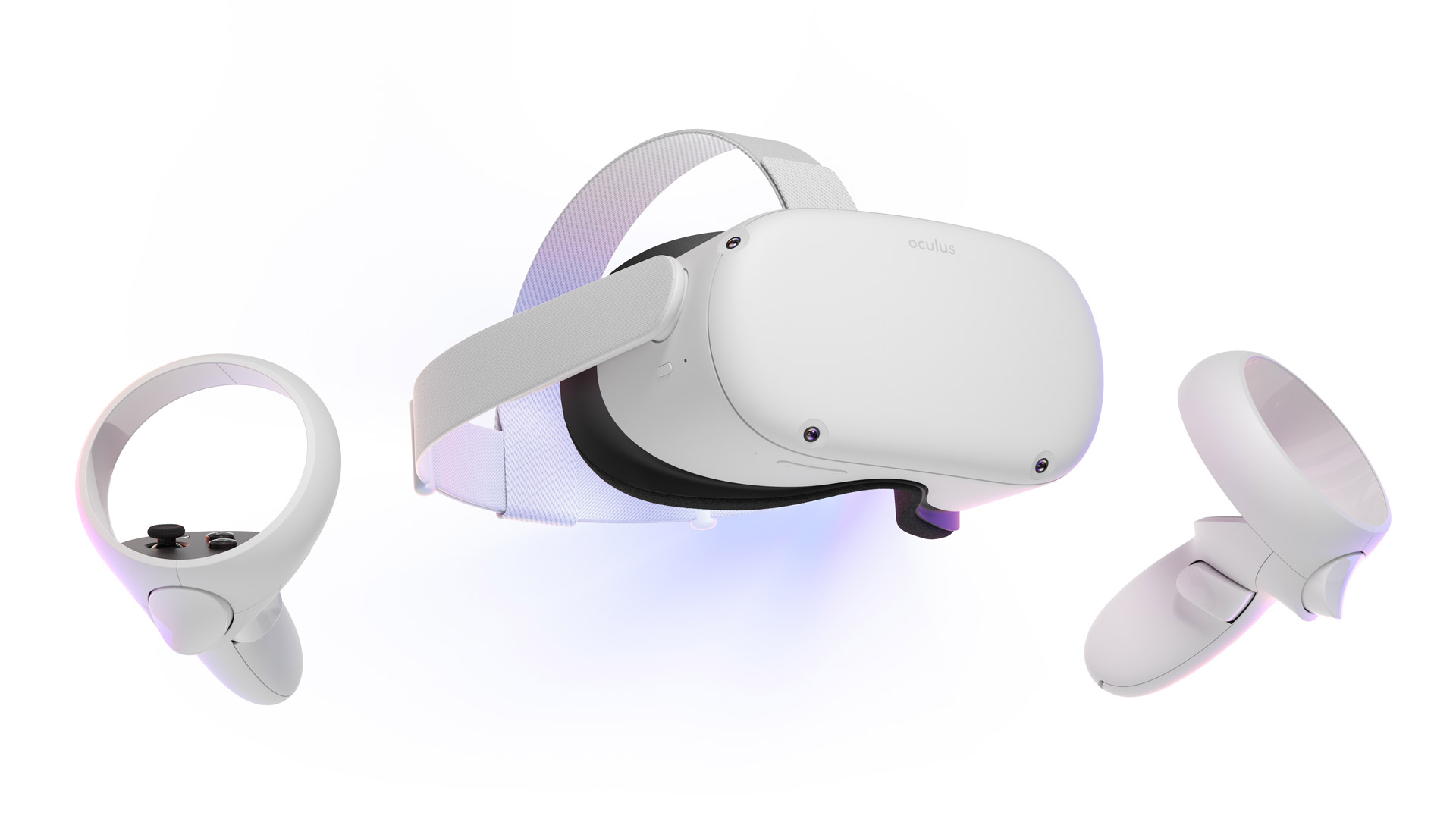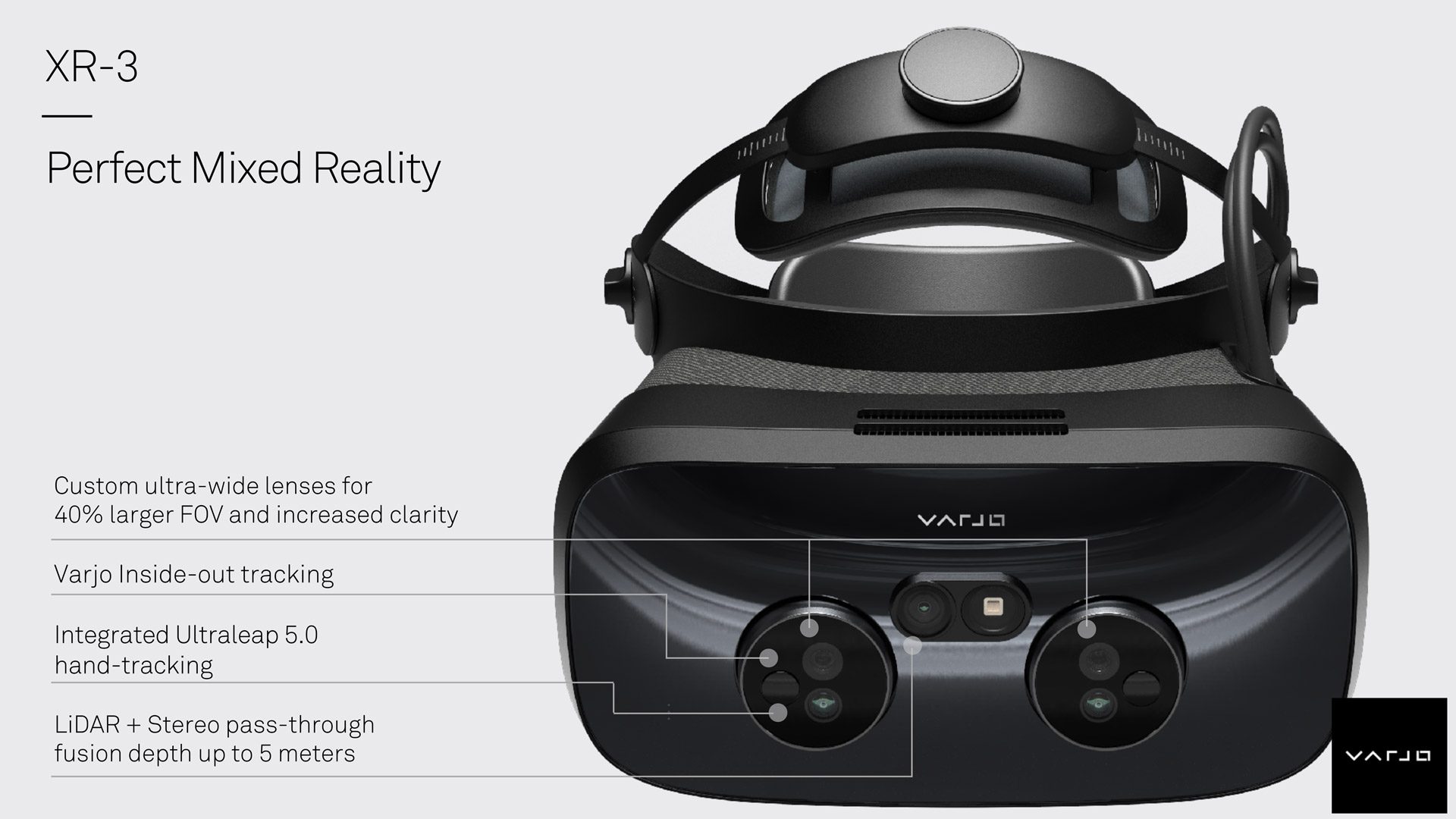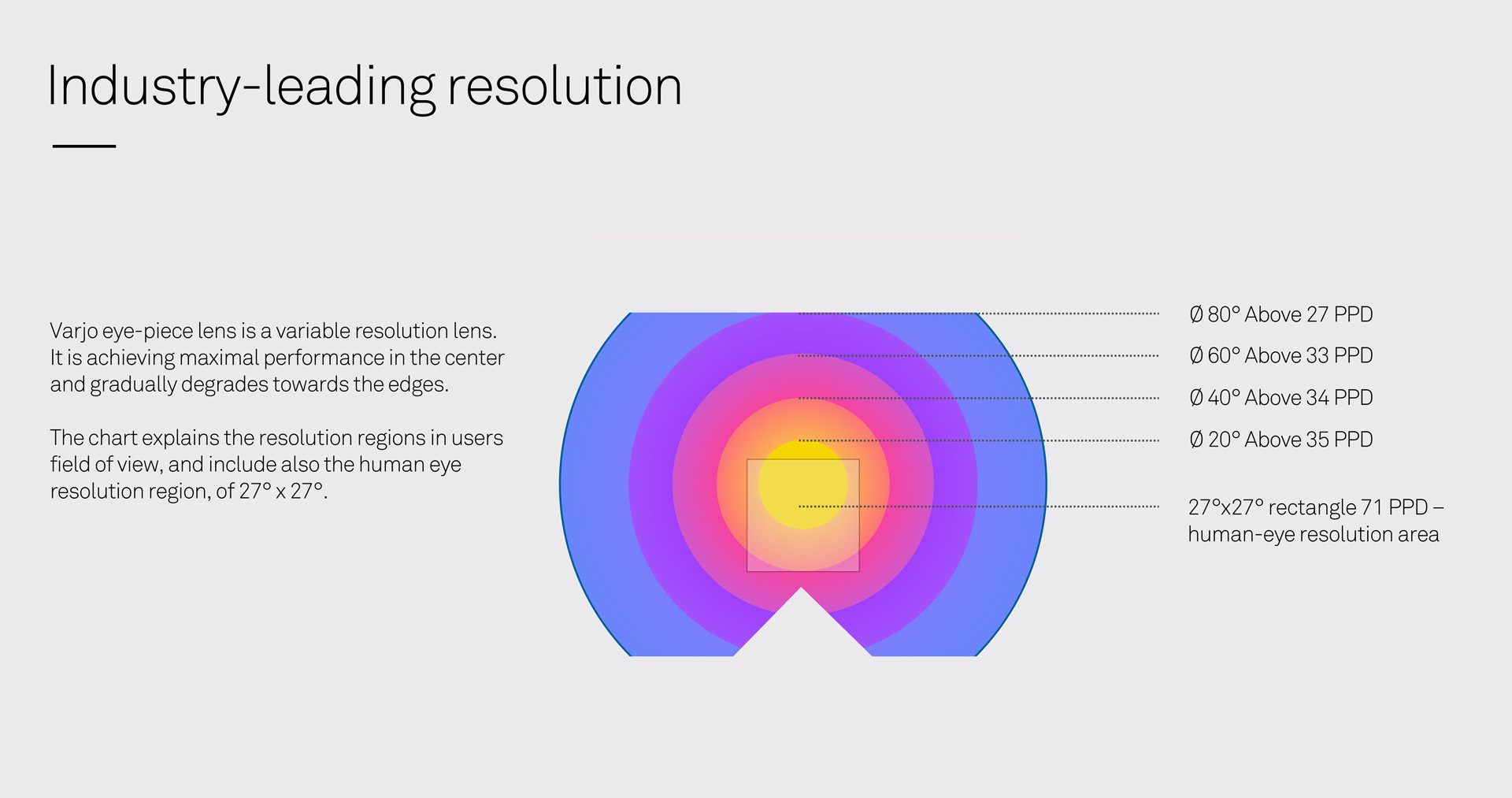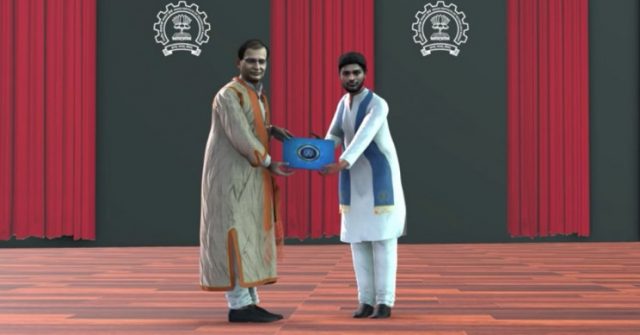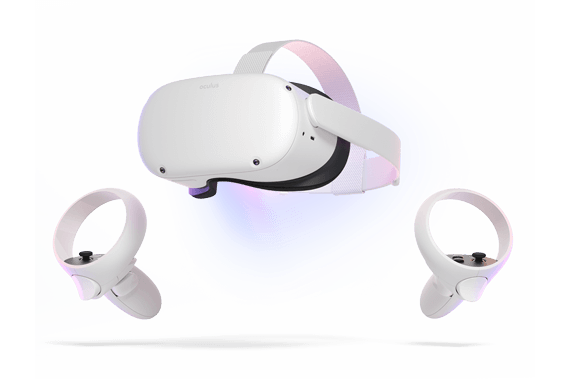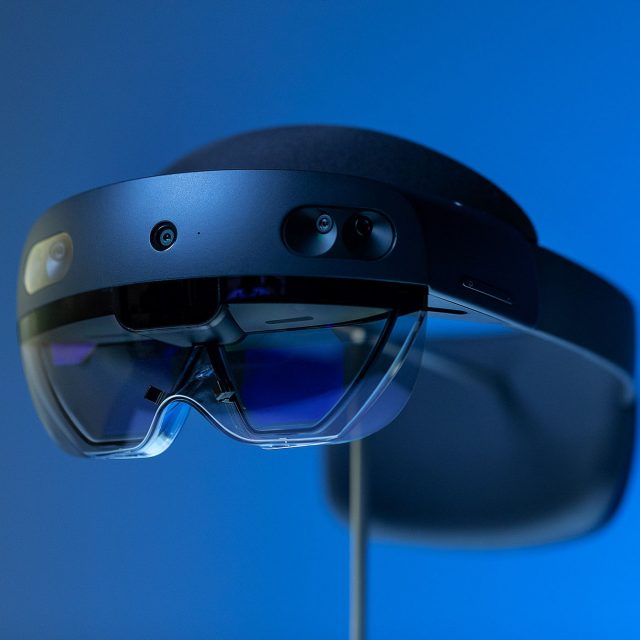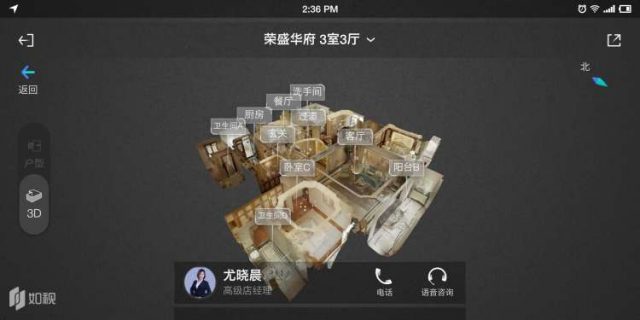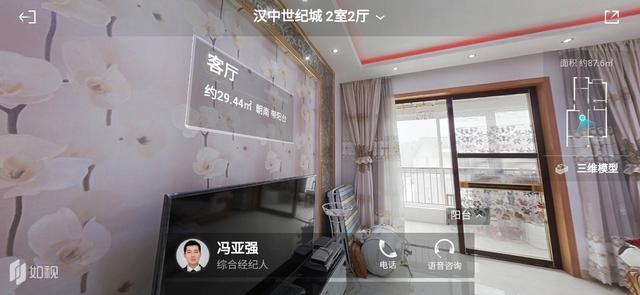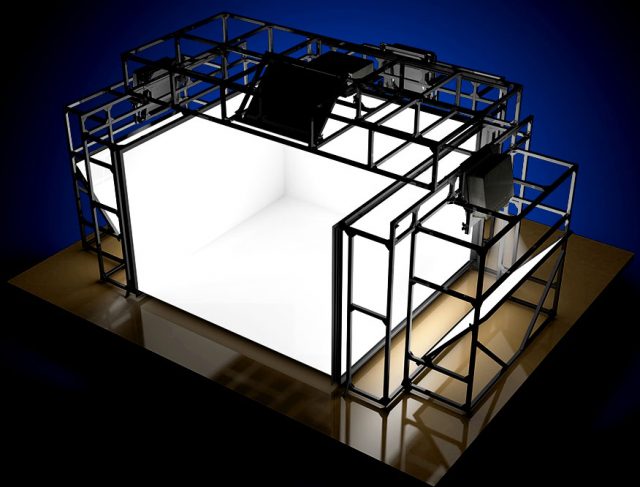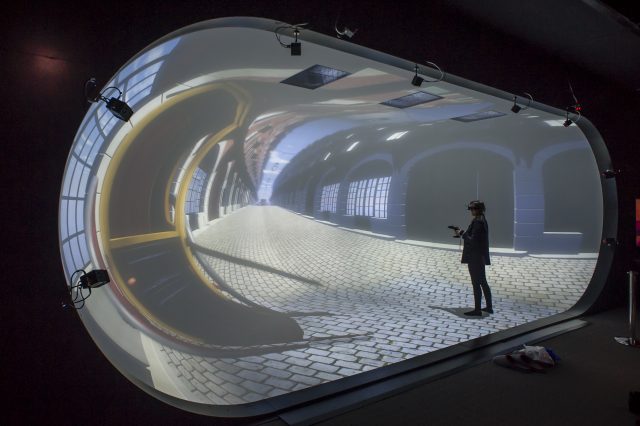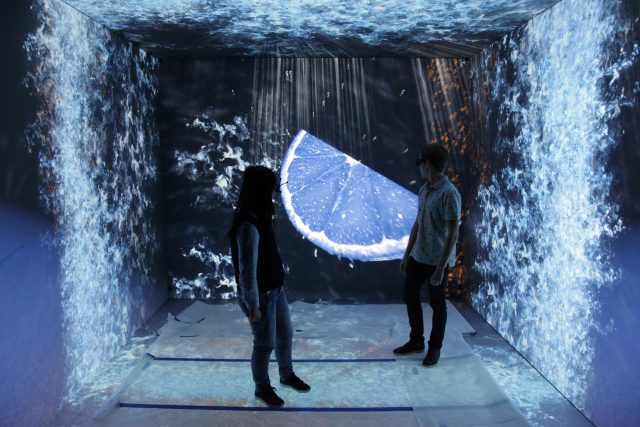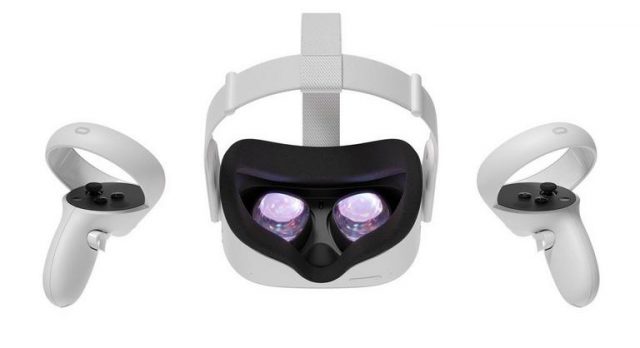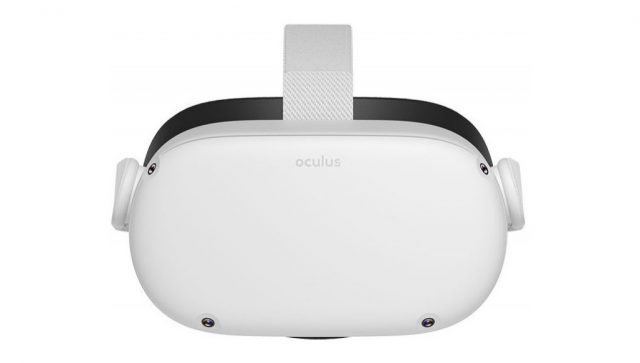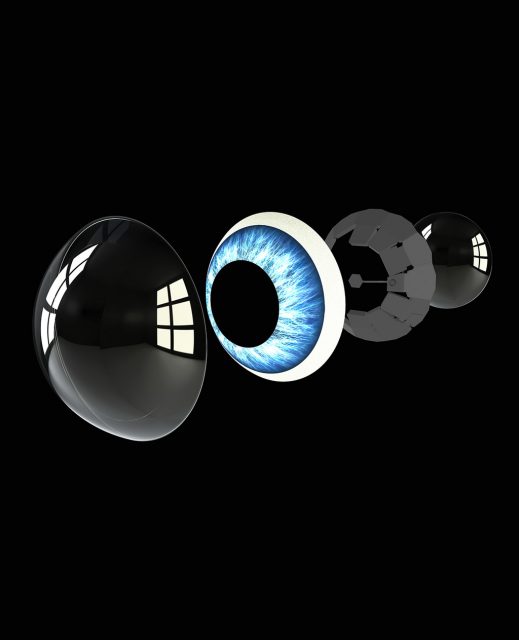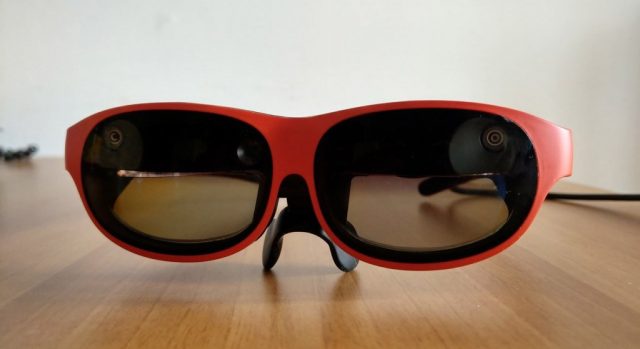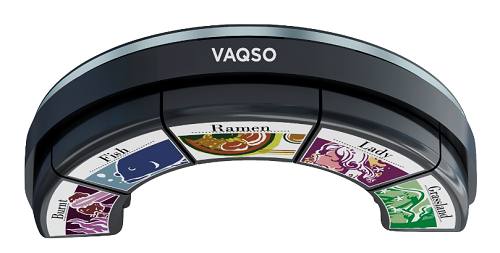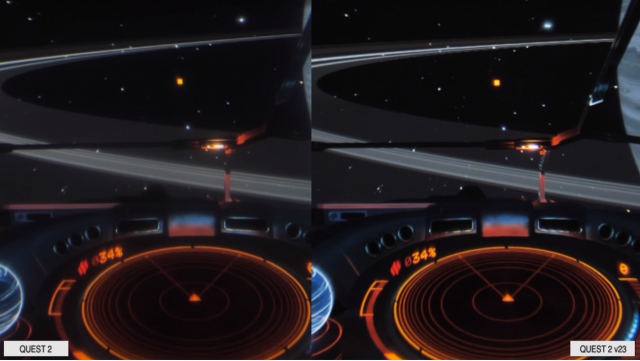Introduction
MondlyVR is a Virtual Reality application in education for language learning. It is available on Steam and the Oculus Store and compatible with Oculus Rift and Oculus Quest headsets. Undoubtedly, the best way to learn a language is to integrate it into a specific locale. However, the teaching conditions may not guarantee that every class has foreign teachers, and not every student has the chance to communicate with native speakers most of the time. MondlyVR provides an immersive and innovative language learning experience with advanced chatbot and speech recognition technology.
Engaging Design
Gamified learning process
Learning a new language can be tedious and frustrating at times. MondlyVR considers this, and instead of taking the traditional approach of learning a new language through books and courses, it tries to make learning a new language fun through a gamified learning experience to increase engagement. It is well-designed and uses graphics and animation to create a game-like dynamic. After completing lessons and exercises, users earn points to track their winning streak and compare their performance with friends and other users on the MondlyVR leaderboard. It creates a fun, game-like environment and helps maintain momentum and engagement. In most core lessons, visual representations of the words taught help to enhance learning and retention.
Simulated but realistic conversation situations
This virtual immersion tool will place users in a simulated environment. Users are immersed in various situations requiring them to converse with locals, including simulating grocery shopping, booking a flight, checking-in in front of the hotel reception desk, or ordering food at a restaurant. In other words, the app’s goal is to simulate real-life situations of native speakers through VR and let users stay at home but have an immersive experience. In that case, users are more engaged because of the simulated but realistic surroundings.

Well-done Features
Multi-player mode
There is a multi-player mode for users to connect with people worldwide, bringing people together. Users will be automatically assigned to a VR room with up to 11 other participants. Users can socialize and practice the language they want to learn “face-to-face” as if they were in the same room, vastly improving user participation and interactivity. With speech recognition, intelligent suggestions, and real-time translation, MondlyVR will ensure that users don’t get stuck on words they don’t remember and keep their conversations flowing smoothly.
Effective curriculum design
MondlyVR supports various languages and different levels of courses. It offers the option to switch between transliteration and script, which is very useful for learning a new language. Generally, it schedules short (around 10-15 minutes each) but frequent lessons. MondlyVR is designed to be dipped in and out of, and all the progress will be saved for users to come back to. The platform provides users with daily lessons that include sentences and new vocabulary so that users can learn coherently. It gives users their learning feedback immediately. At the end of each class, users can jot down everything they’ve learned. There are also weekly quizzes for users to test their learning outcomes and track their learning progress.
Diversifyed products under Mondly
Besides MondlyVR, Mondly offers other products to provide users with multiple options. The products include Mondly Languages, MondlyAR, Mondly Kids, etc. Mondly Languages is a primary language learning app that integrates chatbot and speech recognition technologies to help users learn any of the 33 languages it offers. MondlyAR takes a scan of the room and will have an avatar “teacher” who brings virtual objects, like animals, musical instruments, planets, etc.—into the study room as teaching tools. It is similar to a classroom lecture, but users can interact with the animations, tapping them on devices or even getting up to walk around and obtain a 360-degree view. Mondly Kids is similar to the main app but designed for toddlers and kids. Mondly Languages and MondlyAR could not provide a learning journey as immersive as MondlyVR. Still, users can apply them on mobile phones or pads when they are not equipped with a VR headset at their sides or do not have a decent space for a VR experience. For example, users can easily use their fragmented time to study during their commuter routine by using their mobile phones. These various products and tools are user-friendly and humanized for users to choose based on their time, location, equipment, and preference.
Areas of Improvement
Not applicable for advanced learners
Mondly is a fascinating and helpful application for users to start learning a language. It provides an interactive interface, lively animation, immersive world to give beginners an impressive experience of learning a new language. While it’s easy to dive into the technicalities of the Mondly application, one limitation is it needs to be more diverse in its language lessons. Advanced users (B2 to C2 level) may need suitable grammar topics, appropriate lessons, and vocabulary. Therefore, users who want to find advanced daily lessons must look for other resources to supplement these missing vital factors. The direction for Mondly to improve could be to add more intermediate or advanced courses and content, trying to expand the range of target users.
Same format across all languages
Unlike a platform designed for one specific language, whose functionality is built around particular features of that language, the Mondly system is a template across all languages. It is not a fundamental shortcoming because this standard design is the best way to deliver an effective learning outcome. However, users might get tired of the single format after a while if they learn more than one language simultaneously. In that case, Mondly may consider upgrading the design for different languages to ensure users can have a novel experience even though they are using this application to learn multiple languages simultaneously.
Conclusion
MondlyVR is user-friendly and exciting. I like it and want to recommend it to people who intend to learn a new language for whatever purpose. It’s straightforward to get started. Users will learn words and phrases quickly with the help of well-designed sessions. Besides, it provides an immersive world to bring users into simulated but realistic situations to practice languages. Users can also easily find native speakers to communicate with voice translation. The above solves the environmental limitations of language learning in a significant context and encourages users to concentrate on learning. I am confident that users as language beginners would be able to choose a best-fit product under Mondly company. But if you are an advanced learner, let’s look forward to Mondly’s further progress in the future.
References
Mondly: Practice languages in VR on Oculus quest. Meta Quest VR Headsets, Accessories & Equipment. (n.d.). Retrieved January 19, 2023, from https://www.oculus.com/experiences/quest/4214902388537196/
Category, M. in N. (2022, December 13). Mondly VR Multiplayer: The future of language learning in virtual reality. Mondly Blog. Retrieved January 19, 2023, from https://www.mondly.com/blog/take-a-glimpse-into-the-future-with-mondly-vr-multiplayer/
Mondly VR: Language learning immersion. Mondly. (n.d.). Retrieved January 19, 2023, from https://www.mondly.com/vr
*, N., F, K., & TheThailandLife. (2021, July 8). My personal mondly review – learning thai on premium (2021). The Thailand Life | Award-Winning Thai Blog. Retrieved January 19, 2023, from https://www.thethailandlife.com/mondly-review
Advincula, C. J. (2022, November 21). Mondly review: 7 bona fide features with digital advantages – Ling App. ling. Retrieved January 19, 2023, from https://ling-app.com/tips/mondly-review/
Wikimedia Foundation. (2022, December 2). Mondly. Wikipedia. Retrieved January 19, 2023, from https://en.wikipedia.org/wiki/Mondly

